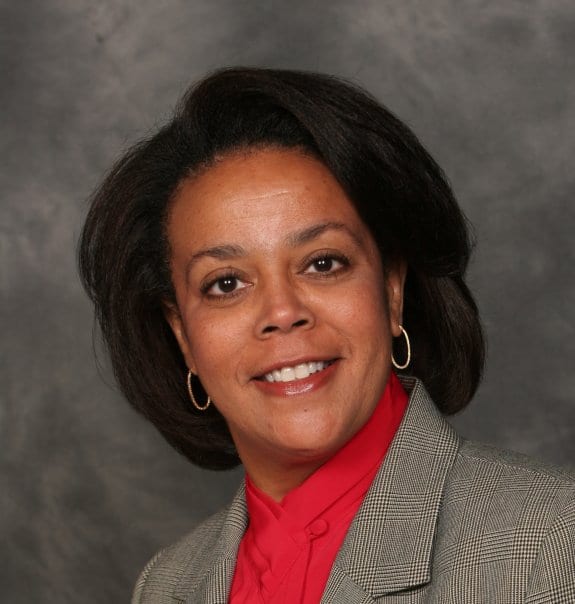
Editor’s Note: Crisis. Not only is it often near the top of a communicator’s mind, it’s also the focus of PR News’ Crisis Summit in Miami Beach later this month. We posed our monthly roundtable question to several of that event’s speakers. Our question: What two areas should communicators invest in so they can manage future PR crises?
Their edited responses centered on investments in crisis preparation and practice, as well as top-notch monitoring technology. Speed in responding to crisis was another common thread.
Following this roundtable is a chart listing our picks of 2018’s top PR crises. The common themes, as in 2017, were mismanagement and faulty corporate culture.

Errol Cockfield
SVP, Communications
MSNBC
The disruptive and 24/7 nature of the traditional and online media landscapes is so supercharged and challenging that communications practitioners must invest first in a baseline and then an ongoing assessment of their crisis preparedness. This has to be paired with continued identification of vulnerability areas they and industry peers face.
Once that assessment is made, communicators need to convince their organizations to create a crisis response unit and conduct regular tabletop training sessions. This strengthens muscle memory and establishes a work rhythm that can be activated at a moment’s notice with the aid of technology.
 Nigel Glennie
Nigel Glennie
VP, Corporate Communications
Hilton
Whether your organization is big or small, it’s important to invest time understanding your risk profile. There are incidents that every company should be prepared to manage, such as a cyber-breach or a natural disaster, but also risks that are unique to an industry or company. Understanding these is critical to having the right listening tools, communication policies, templates, training and response plans.
I also recommend investing time thinking about your team’s communication and collaboration tools. This is part process, part technology, and all about making sure the right people know when and how to connect. At Hilton, communicators support a 24/7 business with 5,600 hotels in 113 countries. We focus on tools that allow us to maintain connections and share expertise across time zones.
 Marisa Salcines
Marisa Salcines
Lead, Global University Relations
Technology and Cybersecurity
Equifax Inc.
When it comes to crisis communications, put all bets on the team—on your people. Success and failure are equally valuable. Hire team members with mixed crisis experience and backgrounds; those who’ve stumbled and made a misstep may even prove more strategic than those who’ve always succeeded. Having both provides balance and a better approach.
Don’t underestimate the value of trust. Beyond the typical crisis simulation exercises a foundational level of trust must be built among team members. Create a monthly/quarterly cadence that fosters this culture; build this and the rest will fall into place, especially when PR mayhem comes calling.
 Rebecca Rose
Rebecca Rose
Director of Marketing & Communications
Everglades Foundation
Invest in great media monitoring and social listening software to stay on top of the pulse of what people are saying about your brand, good or bad. This can help you stay on top of and mediate potential issues before they get worse.
Recruit someone with crisis communications experience, grace under pressure and political savvy. Having the right person leading your crisis team is invaluable, given the situation often is high-pressure, high-visibility and stressful.
 Kena Lewis
Kena Lewis
Director, Public Affairs & Media Relations
External Relations
Orlando Health
I cannot express enough the importance of having a crisis process. You don’t need to have every detail worked out, but it’s critical to identify some of the basics. For example: Where would your team meet during a crisis? Who will serve as the spokesperson? Who will be the liaisons with various publics, including clients, customers, emergency personnel, law enforcement, elected officials and of course, the press? Once you have a process, the next thing is practice. You don’t have to run a full-fledged exercise, but you should at least run a few tabletop exercises.
 Deborah Hileman
Deborah Hileman
President/CEO
Institute for Crisis Management
Communicators must stay current with technology, especially the platforms designed for crisis management and communication. Investing in these tools makes the task of reaching the right stakeholders quickly much easier. It also is imperative that communicators have a deep understanding of their company and industry. Focus on being a businessperson first and a communicator second to earn the respect of executives and become a powerful advocate for crisis planning and preparedness.
 Jennifer Butler
Jennifer Butler
VP, Media Relations, Corporate Communications
Herbalife Nutrition
Practice. Practice. Practice. As we know, with crisis it isn’t about if, it’s about when. You can invest in all the tools and technologies in the world, but if you aren’t prepared, you won’t put them to good use. So, invest in training and in running scenarios. Again, we know the best time to prepare for a crisis is when there isn’t one happening.
Part of this is investing in a comprehensive crisis manual that includes roles/responsibilities, contact lists, checklists, prepared statements, press releases and internal communications for a variety of potential issues as well as how to distribute them to your target audiences. Potential crises need to be role-played, and the manual needs to be constantly updated and improved based on learnings from the scenarios.
 Kevin Elliott
Kevin Elliott
Managing Director
Head, U.S. Risk and Crisis Communication Practice
Hill + Knowlton Strategies
Communication is ever-evolving and companies should continually be asking, “What should we be doing differently?” With incident and crisis management and planning, we can boil it down simply: invest in the capacity for speed and real preparedness.
Communication moves faster and faster. When an incident arises, organizations need to be able to respond quickly and responsibly. They need to be in the conversation from the start. This means that you need to know the risks, and have the capability and actual capacity to communicate quickly. That is both process and tools. The best tools allow you to see all the risks, even those you didn’t know existed.
Going fast is a start, but that doesn’t matter if your team isn’t well-prepared with the muscle memory to move quickly and responsibly. Companies are judged on how they respond to an issue—a quality response can turn an incident into a positive. That happens only if a company is doing regular and rigorous training, honing its ability to respond when an incident arises.
 Christine DiBartolo
Christine DiBartolo
Senior Managing Director
Americas Head, Corporate Reputation Practice
FTI Consulting
A crisis by its very nature is unpredictable. There is so much you can’t control. I focus on what I can control and prepare for in advance.
Think Ahead: Try to develop realistic scenarios for labor issues, natural disasters or product recalls and outline potential responses.
Who’s Who? Outlining roles and responsibilities in advance will help smooth information flow and decision making. A decision tree that lays out who will engage in various scenarios is key. Along with this you need to make clear distinctions between what is an incident, an issue and a crisis. Establish a clear escalation process to define levels of risk and appropriate responses.
NOTE: A version of this content appeared originally in PR News, February 2019. For subscription information, please visit: http://www.prnewsonline.com/about/info
Contact: [email protected] [email protected] [email protected] [email protected] [email protected] [email protected] [email protected] [email protected] [email protected]

